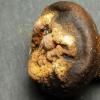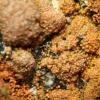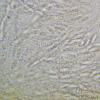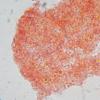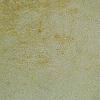
08-01-2026 21:22
 Blasco Rafael
Blasco Rafael
Hola, He recogido esta muestra de Orbilia sobre Re

07-01-2026 10:24
 Danny Newman
Danny Newman
Pezicula sp. on indet. hardwood Appalachian Highl

07-01-2026 22:22
 Danny Newman
Danny Newman
Tatraea sp. on indet. hardwood The Swag, Great Sm

07-01-2026 17:29
 Marc Detollenaere
Marc Detollenaere
Dear Forum,On a barkless Populus I found some smal

10-11-2021 17:33
 Riet van Oosten
Riet van Oosten
Add-on topic http://www.ascofrance.com/forum/7059

07-01-2026 10:05
 Danny Newman
Danny Newman
cf. Chaetospermum on XylariaCosby Campground, Grea

02-01-2026 17:43
MARICEL PATINOHi there, although I couldn't see the fruitbody, I

04-01-2026 17:45
 Stephen Martin Mifsud
Stephen Martin Mifsud
I was happy to find these orange asmocyetes which
I thought with this special substrate it may be easy. But No...
Any help welcome!
Substrate: The Basidiomycete Scleroderma sp.
Description:
Perithezia 0.2-0.25 mm Ø, bright orange, superficial, densely aggregated but not immersed in a stroma.
Spores 9-11 x 3-4 µm, 2-celled, hyaline, finely and indistinctly verrucose. Perithecial wall consist of round to angular cells of 5-10 µm diameter, containing large orange guttules.
Many thanks for inputs,
Stefan
Hi Stefan,
Have you test KOH ? It could be more one Bionectriaceae than Nectriaceae.
Alain
There was no reaction in KOH. So yes, likely Bionectriaceae...
Stefan

with orange oily droplet in the wall and hymenium, it is the genus Bionectria.
Your specimen looks like Bionectria solani but the ascomata should be seated on a basal, pseudoparenchymatous stroma, that seems the case in your images. Could you check this characteristic?
Christian
That is the case, yes.
Here is a picture of the stromatic tissue beneath the perithecia.
Bionectria solani seems to have a very wide ecology. So I guess it ist possible on Scleroderma. I will have a close look at the species. Do you by any chance have a full description of B. solani.
Thank you very much
Stefan
Hi Stefan,
You have all informations in SIM 46, on line.
Alain
Merci bien, Alain et Christian!
Stefan


